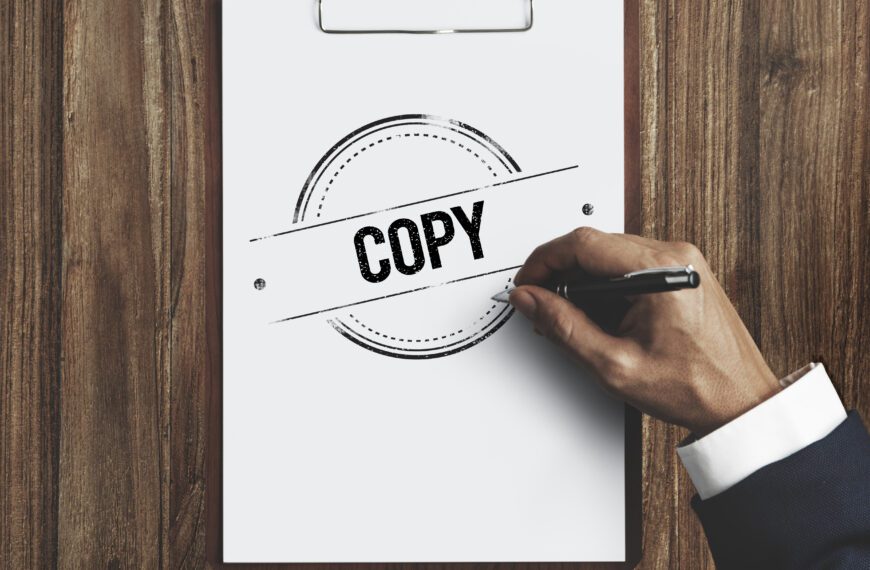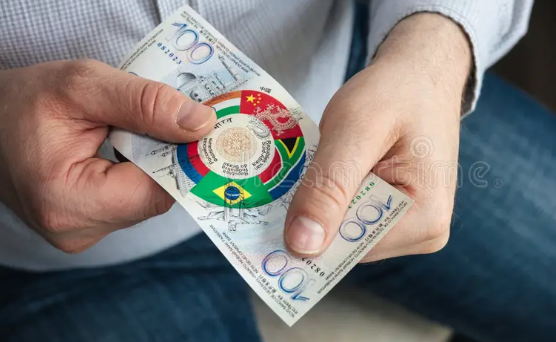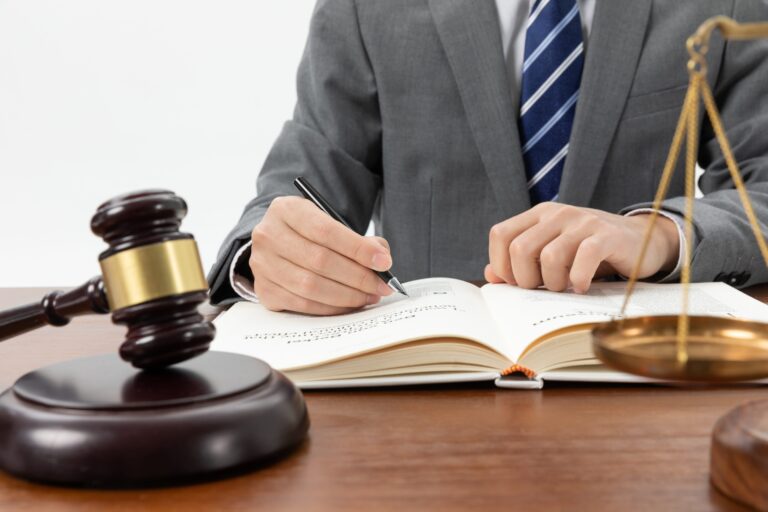Understanding Copyright Disclaimers: Acknowledging Legal Safeguards

Copyright Design License Patent Trademark Value Concept
Introduction of Copyright Disclaimer
A copyright disclaimer serves as a vital declaration asserting your ownership of original content and delineating your intellectual property rights. Whether you manage a blog, website, or app, a meticulously crafted copyright disclaimer is instrumental in safeguarding your creations and educating users about their entitlements and obligations.
In this piece, we’ll delve into the core components of copyright disclaimers, examine practical examples from various contexts, and offer expert insights to aid you in crafting your own. Let’s embark on this journey together!
What Is a Copyright Disclaimer?
A copyright disclaimer serves two main purposes:
1. Ownership Declaration: It establishes your ownership over original content, such as text, images, videos, music, and other creative works.
2. Fair Use Acknowledgment permits you to articulate your utilization of copyrighted materials under the “fair use” doctrine. This provision encompasses transformative applications such as commentary, criticism, and parody.
When Do You Need a Copyright Disclaimer?
You should include a copyright disclaimer if your website or app features:
Branding: If you have a logo, tagline, or other branding elements, a disclaimer reinforces your ownership.
Original Content: Blogs, articles, images, videos, and social media posts—all necessitate explicit ownership declarations to establish copyright ownership and safeguard intellectual property rights.
Fair Use Content: Utilizing someone else’s copyrighted material, as seen in YouTube videos, can be safeguarded by a disclaimer under Section 107 Section 107 of the Copyright Act. Fair use, a doctrine within US copyright law, permits limited use of copyrighted material without necessitating permission from rights holders. This includes applications for commentary, criticism, news reporting, teaching, research, or scholarship.

Components of a Copyright Disclaimer
A durable copyright disclaimer typically includes:
Ownership Statement: Clearly state that you own the original content on your platform.
Fair Use Clause: If applicable, mention your fair use of copyrighted materials.
Duration: Specify how long your content is protected under copyright laws.
Examples of Copyright Disclaimers
- Original Work Copyright Disclaimer
“All content on [YourWebsite.com] is the intellectual property of [Your Name]. Unauthorized use, reproduction, or distribution without permission is strictly prohibited.”
- Copyright Disclaimer Under Section 107 of the Copyright Act
“This video contains copyrighted material used under the ‘fair use’ exemption. We do not assert ownership of third-party content.” This statement aligns with the Fair Use doctrine in US copyright law, which permits the limited use of copyrighted material without explicit permission from rights holders. This includes applications for commentary, criticism, news reporting, teaching, research, or scholarship.
- Facebook Copyright Disclaimer
“The images and text posted on this page are protected by copyright. Reproduction or distribution without authorization is prohibited.”
- Copyright Disclaimer for Music
“The music tracks on this website are original compositions by [Your Band Name]. Unauthorized copying or distribution is not allowed.”
Where To Display Your Copyright Disclaimer
Place your copyright disclaimer in prominent locations, such as:
Footer: Include it in your website’s footer across all pages.
About Page: Add a detailed disclaimer on your “About” or “Legal” page.
Content Pages: Insert a shorter version within articles or blog posts.
Use Copyright Disclaimers Carefully
While copyright disclaimers are essential, ensure they are accurate and legally sound. Consult legal professionals if needed.
How you can address copyright-related issues on your website, YouTube videos, and Facebook in India:
Website:
Copyright Disclaimer: First, ensure that your website has a clear copyright disclaimer. This disclaimer should affirm your ownership of original content while acknowledging any relevant fair use provisions that permit the limited use of copyrighted material.
Take-Down Notices: Should someone infringe upon your copyright, you have the option to issue a take-down notice. This process entails submitting a formal request to the infringing party or the hosting service, such as your web hosting provider, demanding the removal of the contested content. Upon their compliance, the content will be expeditiously removed from the platform.
Legal Action: If the infringing party fails to respond to your notice, it’s advisable to seek guidance from legal professionals to explore potential legal action.
YouTube Videos:
YouTube Copyright Claims:
If your video receives a copyright claim, you have options:
Remove Claimed Content: During the upload process, select the option to remove claimed content.
Dispute the Claim: If you believe the claim is incorrect, dispute it through YouTube’s process.
Copyright Removal Request:
If someone uses your copyrighted work without authorization, submit a copyright removal request to YouTube. This is a legal process, and YouTube will review the request and take appropriate action.
Facebook:
Copyright Infringement Reporting:
If someone posts your copyrighted content on Facebook without permission, report it as a copyright infringement.
Facebook provides tools to report specific posts, images, or videos.
DMCA Takedown Notice:
You have the option to issue a Digital Millennium Copyright Act (DMCA) takedown notice to Facebook.
Include details about the infringing content, your ownership, and a statement of good faith.
Facebook will review and take down the content if it violates copyright laws.
Indian Laws:
The Copyright Act, 1957 governs copyright protection in India.
The Information Technology (Intermediary Guidelines and Digital Media Ethics Code) Rules, 2021 provide guidelines for intermediaries (including social media platforms) regarding content removal.
Seek legal advice to navigate Indian copyright laws effectively.
Here’s an overview of copyright laws in India:
The Copyright Act, 1957:
The Copyright Act, 1957 is the primary legislation governing copyright protection in India.
It came into effect in January 1958 and has been amended several times.
The most substantial amendment was the Copyright (Amendment) Act, 2012.
Primary motivations for amendments include aligning with WIPO internet treaties, safeguarding the interests of the music and film sectors, accommodating the needs of the physically impaired, and strengthening rights enforcement.
Copyright Protection:
The Act grants various rights, including reproduction, communication to the public, adaptation, and translation of works.
The scope and duration of protection vary based on the nature of the work.
Key Amendments in 2012:
Digital Environment: Penalties for circumvention of technological protection measures and rights management information.
Statutory Licenses: Introduced for cover versions and broadcasting organizations.
Royalties: Ensured right to receive royalties for authors and music composers.
Performer Rights: Granted exclusive economic and moral rights to performers.
Accessibility: Exception for copyrights to allow physically disabled access to works.
Copyright Office:
Section 9 of the Act mandates the establishment of the Copyright Office.
The office is under the control of a Registrar of Copyrights appointed by the Central Government.
The Copyright Office is located in New Delhi.
International Agreements:
India is a member of the Berne Conventions and Universal Copyright Convention.
The International Copyright Order, 1999 also applies.
And also you have to remember to consult legal experts for specific advice related to your article and ensure compliance with Indian copyright regulations.
Conclusion: “Copyright Disclaimer Under Section 107”:
Understanding Fair Use
In the world of creativity and content, the Copyright Disclaimer Under Section 107 acts as a guide. It helps us navigate the tricky waters of using copyrighted material.
What Is Fair Use? Section 107 of the Copyright Act allows certain uses of copyrighted material without permission. It’s like a permission slip for creativity. When you’re writing that blog post, creating a meme, or quoting a song lyric, fair use is your ally.
The Purpose Matters Fair use depends on why you’re using the material. Is it for education, criticism, news reporting, or commentary? If so, you’re on the right track. Imagine a student citing a research paper, a movie critic analyzing a film, or a journalist reporting the news. Fair use lets them do their thing.
Four Factors to Consider When deciding if your use is fair, consider these four factors:
Purpose: Why are you using it? If it’s for education or public benefit, you’re in good shape.
Nature of the Work: Is it a novel, a scientific paper, or a cat meme? Some works are more open to fair use than others.
Amount Used: How much are you borrowing? A few lines from a poem? A snippet from a video? Be reasonable.
Market Impact: Will your use hurt the original creator’s sales? If not, you’re probably okay.
The Right Copyright disclaimers set the stage. They declare how much control the creator has over their work. It’s like saying, “This is my song, but you can hum along.” Whether it’s “all rights reserved” or “some rights,” these disclaimers matter.
Seek Legal Guidance When in doubt, consult a legal expert. They’re like dance instructors, showing you the right steps. Fair use can be tricky, and a lawyer can help you navigate the choreography.
We hope this helps you with your knowledge. If you need more assistance, visit legalaidmate.com or contact us on legalaidmate@gmail.com




aut sequi autem numquam omnis sint consequatur quia quas ut necessitatibus quos est sit. iure maxime accusantium quia sed cumque maxime ut unde quasi molestiae culpa placeat et quo quo soluta nobis eveniet nihil. repellendus facere dignissimos fugit quia rerum eligendi porro et totam autem ad eveniet quos. aperiam vero veritatis vero maiores et sint nihil autem rerum voluptatem aut esse dolore reiciendis nihil molestiae non animi qui temporibus. voluptatibus aperiam tenetur aliquam et.
dicta mollitia consequatur totam officia sed commodi. esse doloremque suscipit ea quo iste soluta repellat facilis. molestiae cumque quia ut facilis maiores.
rem culpa corporis est rerum aperiam enim dolor quia omnis. saepe voluptatem odit placeat voluptas quis recusandae eum aut debitis. reiciendis eum ut repellendus enim perspiciatis optio molestiae voluptates id. facere nihil cumque dicta laborum et quis accusantium fugit laborum aut ea facere labore. nesciunt odio et qui atque ut eos reiciendis officia quia sit.